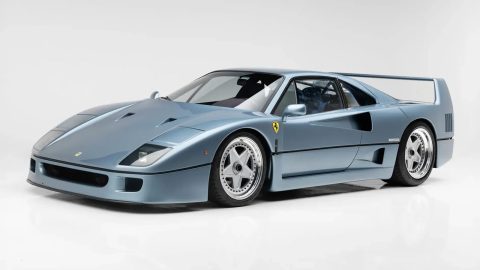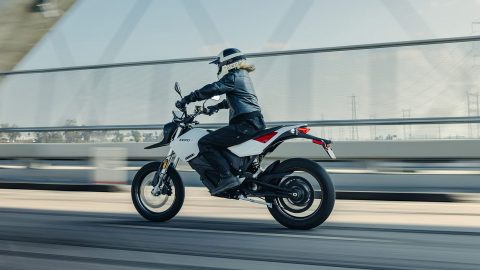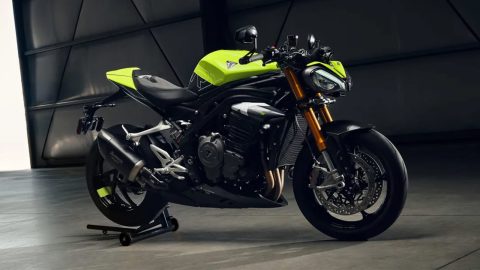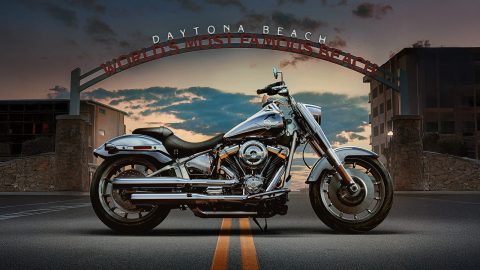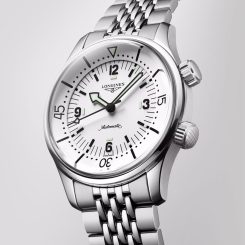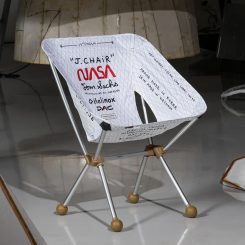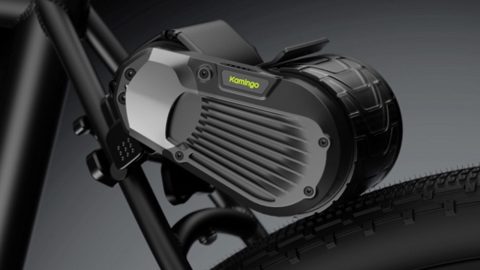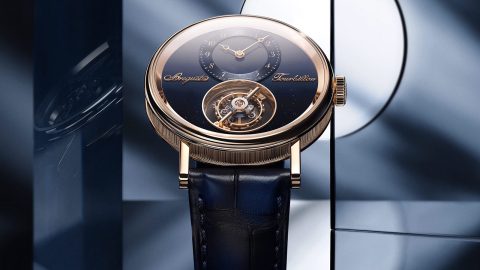Every automotive subculture has its stereotype. When one thinks about a vintage British sports car, it’s easy to picture lush green fields separated by a two-lane country road. Conditioned leather gloves handling a wood grain steering wheel while the driver wears a uniform made exclusively out of tweed.
Lightweight sports cars with dignified styling, elegantly brass exhaust notes that are as synonymous with Britain as a Bulldog knocking over a cup of tea. Then there’s TVR, a quintessentially British sports car with a rebellious nature that, against all odds, managed to live long enough to stay relevant. Far from the best in terms of reliability and build quality, but first in the embodiment of raw emotion.
TVR sports cars are nearly impossible to import into the United States due to their lack of modern safety features. Seriously, in the 2000s, TVR was producing high-performance sports cars with no Anti-lock brakes, no airbags, and no traction control. The only thing protecting the driver was a seat belt and their own free will. But that’s why people love TVRs. Danger can be sexy – just ask anyone who owns a Dodge Viper, a car often mentioned in the same sentence as the TVR for being loud, fast, and raw.
Danger can be sexy – just ask anyone who owns a Dodge Viper, a car often mentioned in the same sentence as the TVR for being loud, fast, and raw.
TVRs are wild machines fueled by a relentless passion that never dims. Even today, in 2021, TVR is technically dead but refuses to go away for good. Its official website is still promoting the 2018 TVR Griffith and taking deposits. According to The Drive, this new car is set to begin production in 2022, and nobody is holding their breath – except people who put down a 5k deposit.
So what makes a TVR so unique? Why does the company keep getting saved at the last minute by new owners and investors? If they are so unreliable, why do people love them so much? The simple answer is passion, but that in itself requires further explanation into the wild but honest reputation of TVR.
TVR History – Different Owners, Same Story
TVR was founded in 1946 by Trevor Wilkinson. The name “TVR” comes from the simple act of removing the vowels in the name Trevor. Originally named Trevcar Motors, Wilkinson’s first trade was general engineering work and servicing cars and trucks in post-war Blackpool, England.
It wasn’t until 1949 that TVR built its first in-house chassis to create a sports car kit using parts from a Morris Eight and the 1172cc engine from a 1936 Ford van tuned to produce 35 horsepower. Known as TVR number one, the car was unfortunately doomed from the beginning. Before TVR fitted the car with its aluminum body, it was involved in an accident by the same man hired to design the bodywork. TVR number one was repaired and sold to Wilkinson’s cousin before it crashed again and was salvaged for parts.
As mentioned earlier, TVR has always kept one foot out of the grave thanks to passionate investors who see these cars’ potential. The company’s history can be divided into five eras (to date) of different owners. Trevor Wilkinson was head of TVR until 1962. He left when the company faced financial hardship. At this time, TVR was making a name for selling lightweight, rear-wheel-drive tubular chassis and trying to develop a winning reputation on the track with little success. Not because they weren’t fast enough, but because they would often break down.
By 1962, TVR was dead in the water financially with a backorder of cars, failed to meet deadlines with U.S. importers. This was also when Andrew “Jack” Jackson Griffith came into TVRs legacy. At the time, Griffith was a Ford dealer in Long Island, NY. His idea of putting a Ford 289 V8 into a TVR Grantura Mk3 chassis would eventually become the TVR Griffith Series 200.
In 1965, an unforeseen dock strike in the United States threw a wrench into Jack Griffith’s plan to import the TVR Griffith 200 into the U.S. This led to obligations with Ford not being met which stopped supplying parts. By the end of 1965, TVR was in liquidation.
The company was saved by Martin Lilley, an engineer, and client of TVR. Lilley owned a TVR Griffith 400 he used for racing. Martin’s father, Arthur Lilley, has purchased a stake in one of the various Ltd companies related to TVR called Grantura Engineering.
When the company went under, Lilley decided to go all in and buy Grantura Engineering to try and save the family investment. By 1967, TVR launched the Vixen to replace the Griffith, and in three years since taking over, Lilley had nurtured the company back into profitable health.
The car’s hard-to-ignore styling, playboy interiors, and goose-bump-provoking performance kept TVR in the automotive spotlight and out of bankruptcy into the early 2000s.
In 1980, TVR was again facing financial hardship. Lilley sold control of the company to a chemical engineer Peter Wheeler. Like Lilley, Wheeler was a successful businessman and TVR customer. Under Wheeler’s control, TVR went back to its roots in terms of engines and styling. Gone were the wedge designs of the 1970s and straight-six engines in favor of curvaceous body lines and thundering V8s.
During the 22 years Wheeler was in control, TVR launched some of its most successful models like the TVR Chimaera, Cerbera, Tuscan, T350, Sagaris, and resurrected the Griffith nameplate. The car’s hard-to-ignore styling, playboy interiors, and goose-bump-provoking performance kept TVR in the automotive spotlight and out of bankruptcy into the early 2000s.
In 2004, TVR changed owners again. This time the company was purchased by a then 24-year old Russian businessman named Nikolay Smolensky. Being a passionate TVR enthusiast, Smolensky’s ambition was to develop the brand into a global brand.
TVR’s recurring theme of financial hardship found Smolensky nearly losing the company in 2006 when the company went into receivership. Smolensky was able to retain control and tried to save TVR with the announcement of the 2008 Sagaris 2, the same year Trevor Wilkinson died, with no success. By 2012, Smolensky had stopped TVR production.
The current owner of TVR, Les Edgar, picked up where Smolensky left off in 2013. Edgar earned his success in the video game industry. Like those before him, Edgar, too, was a fan of these outrageous V8 British sports cars.
In an interview with Road & Track, Edgar mentioned why Smolensky decided to sell the company. One day a child walked up to Smolensky and promptly kicked him in the shin and exclaimed that he had “killed TVR!” Technically, he did, and the incident proved to be the literal kick in the pants needed for Smolensky to give up control and let someone else try and save the brand.
New TVR Griffith, Coming Eventually – Hopefully
Edgar’s experience in the automotive world carries an array of heavyweight names. Before taking over TVR, Edgar helped reintroduce Aston Martin to motorsport and formed partnerships between McLaren F1 designer Gordon Murray and Cosworth. That partnership recently bore fruit with the release of the Gordon Murray Automotive T.50 supercar.
In 2017, Edgar unveiled the latest generation of the TVR Griffith. The car had all the ingredients for a great recipe. Gordon Murray designed the chassis, and the 400-horsepower 5.0-liter V8 by Cosworth claimed the Griffith could touch the rim of 200-mph. Edgar even announced plans to create a TVR Griffith racing series and bring TVR back to Le Mans.
2017 was a long time ago, and delays continue to plague TVR from actually delivering on what should have been the 2018 TVR Griffith and is now scheduled to be a 2022 model. If the company’s history proves one thing, fans refuse to give up on TVR, but why?
TVR, a Pet Bear on Wheels
One thing you must give credit to TVR is its brutal honesty and sense of humor. All you have to do is watch video clips of Top Gear reviewing TVR cars to understand. The company’s website features a famous quote by former Top Gear host Jeremy Clarkson:
“Owning a TVR in the past was like owning a bear, I mean it was great, until it pulled your head off, which it would. One day, it would pull your head off.”
A quote that makes one think of a fun but potentially deadly vehicle, and it’s plastered on the website’s main page.
In another video, a young Richard Hammond visited the TVR factory. In an interview with a TVR sales rep, the man admits that the cars tend to have problems and can break down but are ultimately fun performers that deliver a lot of bang for your buck. When have you ever seen a business do that? That’s like a restaurant saying they make delicious food but advise you to keep a bottle of Pepto-Bismol handy.
It’s this ridiculous charm that ultimately wins over people. Well, that and the fact that TVRs roar like a lion with a Lego brick stuck in its paw. They are land speed boats with party yacht interiors and egoistical engines.
Lack of safety features makes them sexy in a dangerous way. Something this raw has to be dirty. TVR sports cars thrill drivers as only a guilty pleasure can. Unreliability is merely a side effect. Like any toxic relationship, it only takes one or two good qualities to make it hard to walk away, and a TVR will always see you coming back for more.
TVR, a Good Bad Car
There are good cars, there are bad cars, and then there are good-bad cars. These are often the vehicles that make car enthusiasts seem crazier than most. Because how can a lousy car be considered good? Some of these terrible cars achieve cult status or go on to fetch outrageous prices at auction. Reliability is often a pool of oil on the driveway, but it’s okay because they don’t need to be.
Only a select few automobile brands capture the essence of a good-bad car quite like TVR.
Most vintage sports cars fall into this category. They are beautiful to look at, listen to, and offer a bespoke driving experience – when they aren’t overheating, being eaten alive by rust, or falling prey to electric gremlins. Only a select few automobile brands capture the essence of a good-bad car quite like TVR. Aston Martin is to James Bond as TVR is to Austin Powers – a ridiculous, fun, and weirdly sexy machine.
One remains hopeful that TVR can release the new Griffith sometime soon and that it becomes a hit. Everyone likes rooting for the underdog, and no dog barks as loud as a TVR.



